All products featured are independently chosen by us. However, SoundGuys may receive a commission on orders placed through its retail links. See our ethics statement.
Samsung Galaxy Buds Plus vs. Samsung Galaxy Buds
August 11, 2021
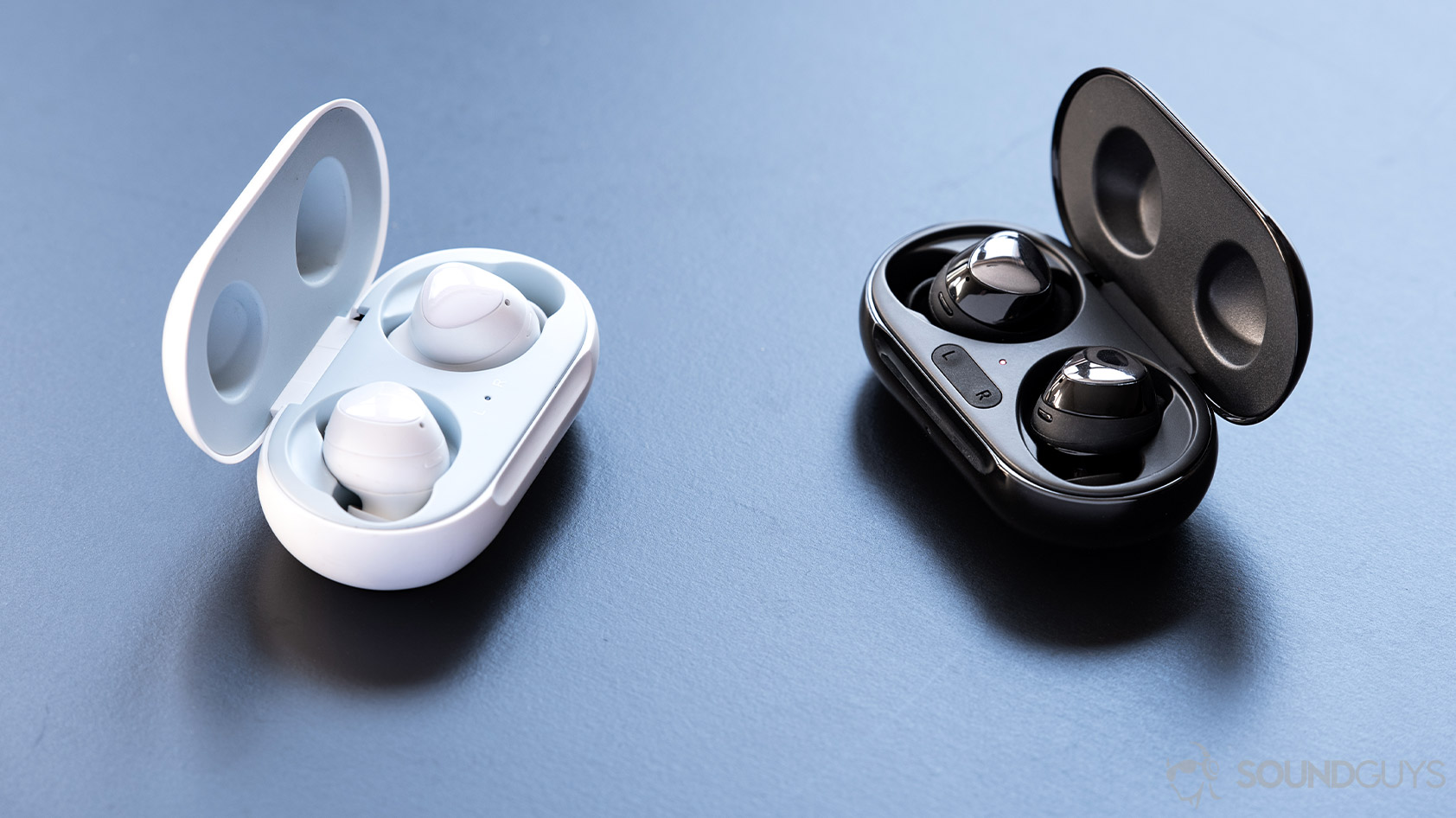
The phrase “sophomore slump” exists for good reason, but Samsung’s second-generation Galaxy Buds brings a novel feature set to the table, making it a compelling buy for any Spotify user. That said, just because the Samsung Galaxy Buds Plus is newer doesn’t make it a better choice for everyone. Let’s see how the original Galaxy Buds compares to the new kid on the block, and why last year’s Buds may be the better option for some.
Editor’s note: this versus was updated on August 11, 2021, to mention the Samsung Galaxy Buds 2 and edit the style to match SoundGuys’ current standards.
Are there hardware differences?
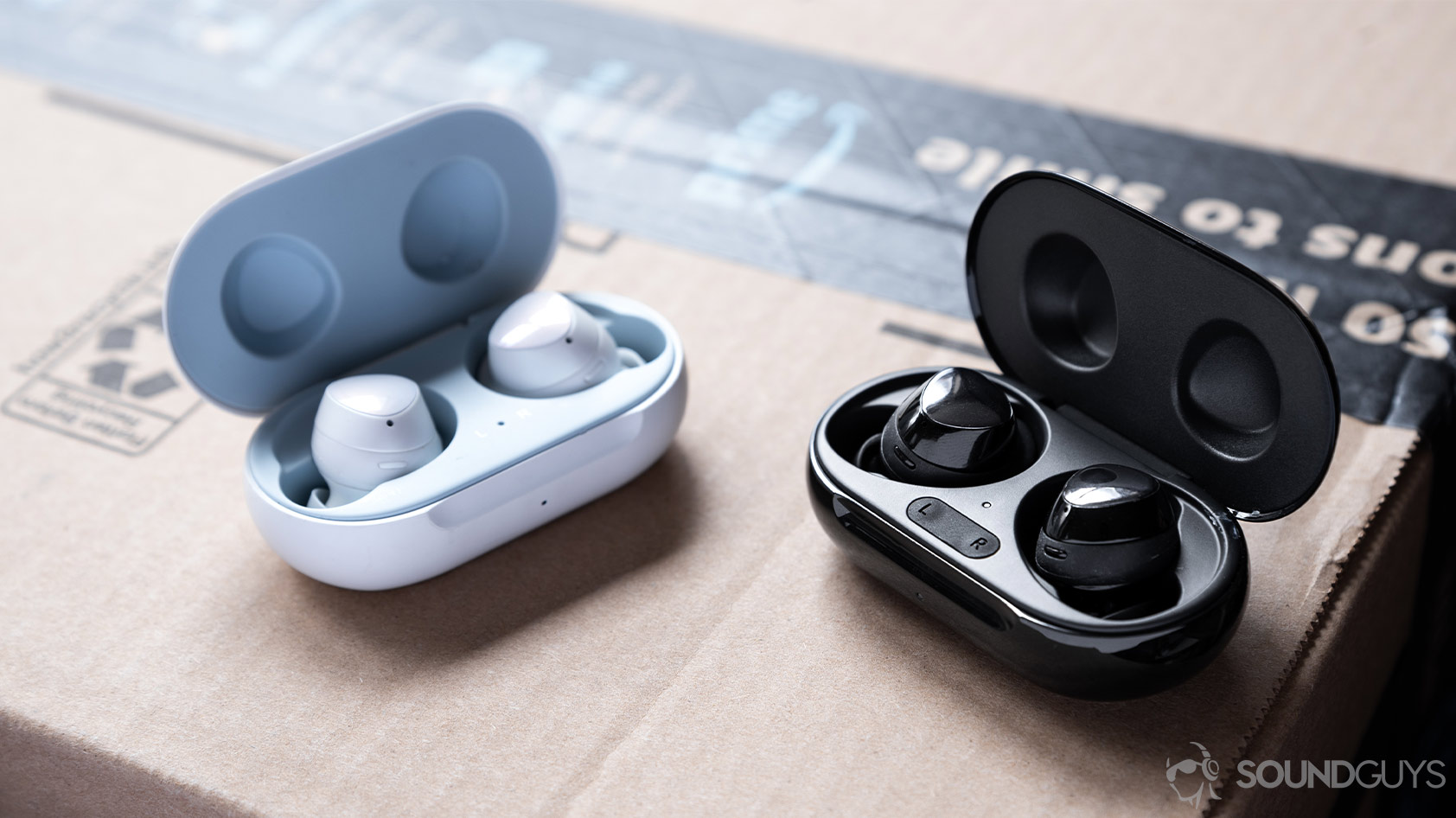
The Galaxy Buds Plus and Galaxy Buds are indistinguishable from one another; except the new edition is available in black, white, and light blue while the original is available in black, white, yellow, and silver. The Buds Plus retains the same whimsical design as before which is both practical and fun. Everything from the plastic construction to the silicone wing and ear tips remains unchanged. Samsung includes three extra pairs of sleeves and tips with both models, so listeners are more likely to find a proper fit. This provision not only improves comfort but also optimizes audio quality by passively blocking out external noise.
Listeners should use the various ear tips to find a proper fit.
Users can remap the touch-capacitive panels on each headset, and sensitivity is the same between the old and new Galaxy Buds. Automatic ear detection remains present with the new Samsung Galaxy Buds Plus: removing both earbuds automatically pauses media playback. Just as before, re-inserting the Buds Plus does not resume playback; instead, you must manually hit play on your smartphone or tap an earbud to resume music.
Both the Samsung Galaxy Buds Plus and Samsung Galaxy Buds support Wireless PowerShare, which lets you charge the USB-C case wirelessly atop a compatible Samsung Galaxy smartphone. You can also use a Qi wireless charging mat to charge the case, affording you plenty of options for topping up the pill-shaped case.
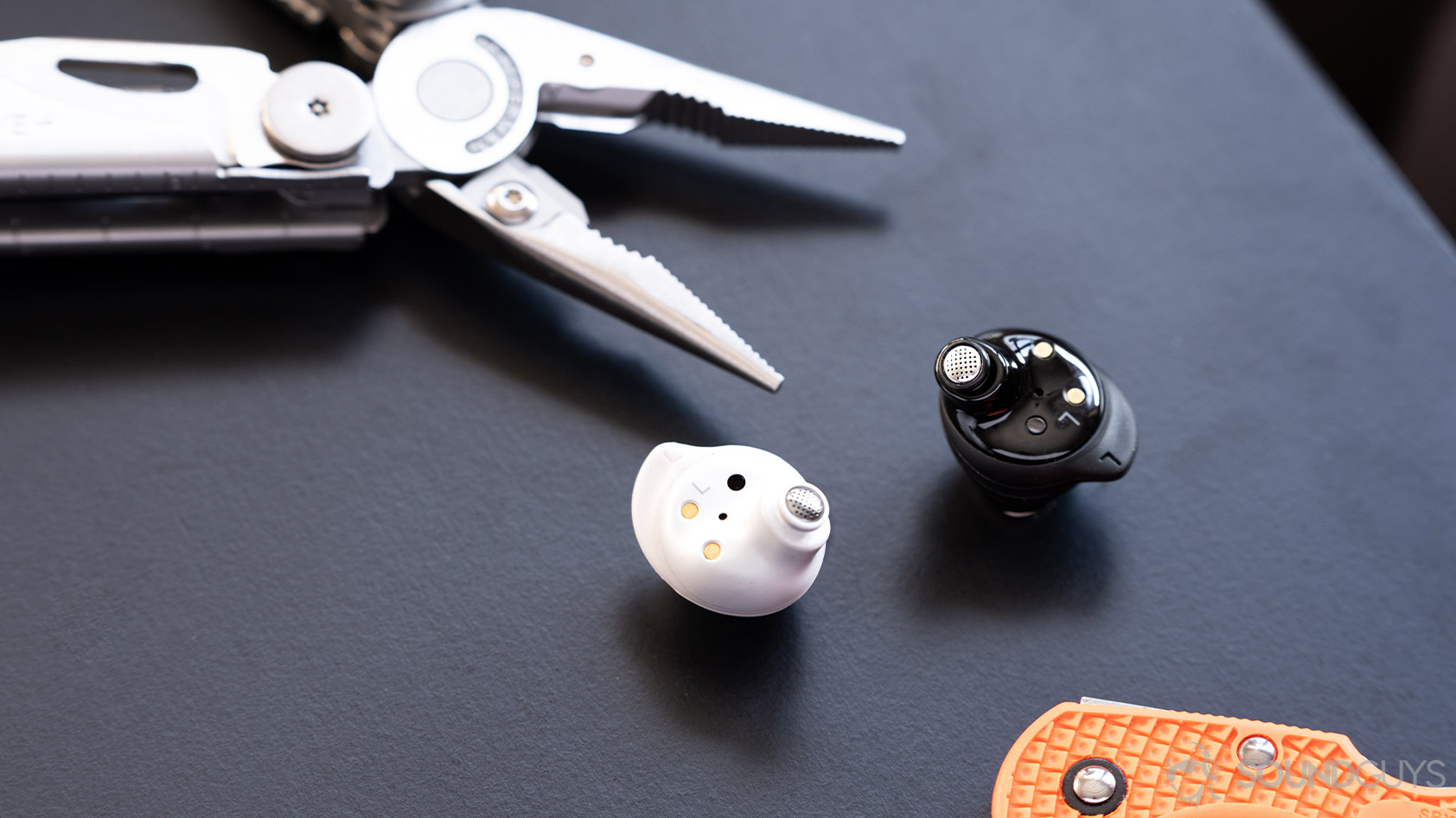
The only physical design amendments made to the Plus model are seen in the case: it now shines with a glossy, rather than matte, finish. Then there’s the silicone “L R” piece that does nothing more than indicate where to place the earbuds. I initially thought this was a functional button, but alas, it’s just an aesthetic change. Original Galaxy Buds owners who upgrade to the Samsung Galaxy Buds Plus can use either case to charge either pair of earbuds. In other words, you can plop the older earbuds into the Plus case to charge them, and vice versa.
Neither appearance nor build quality should be a critical factor when deciding between the Samsung Galaxy Buds and Galaxy Buds Plus model, and this one is too close to call.
What extra features come with the Galaxy Buds Plus?
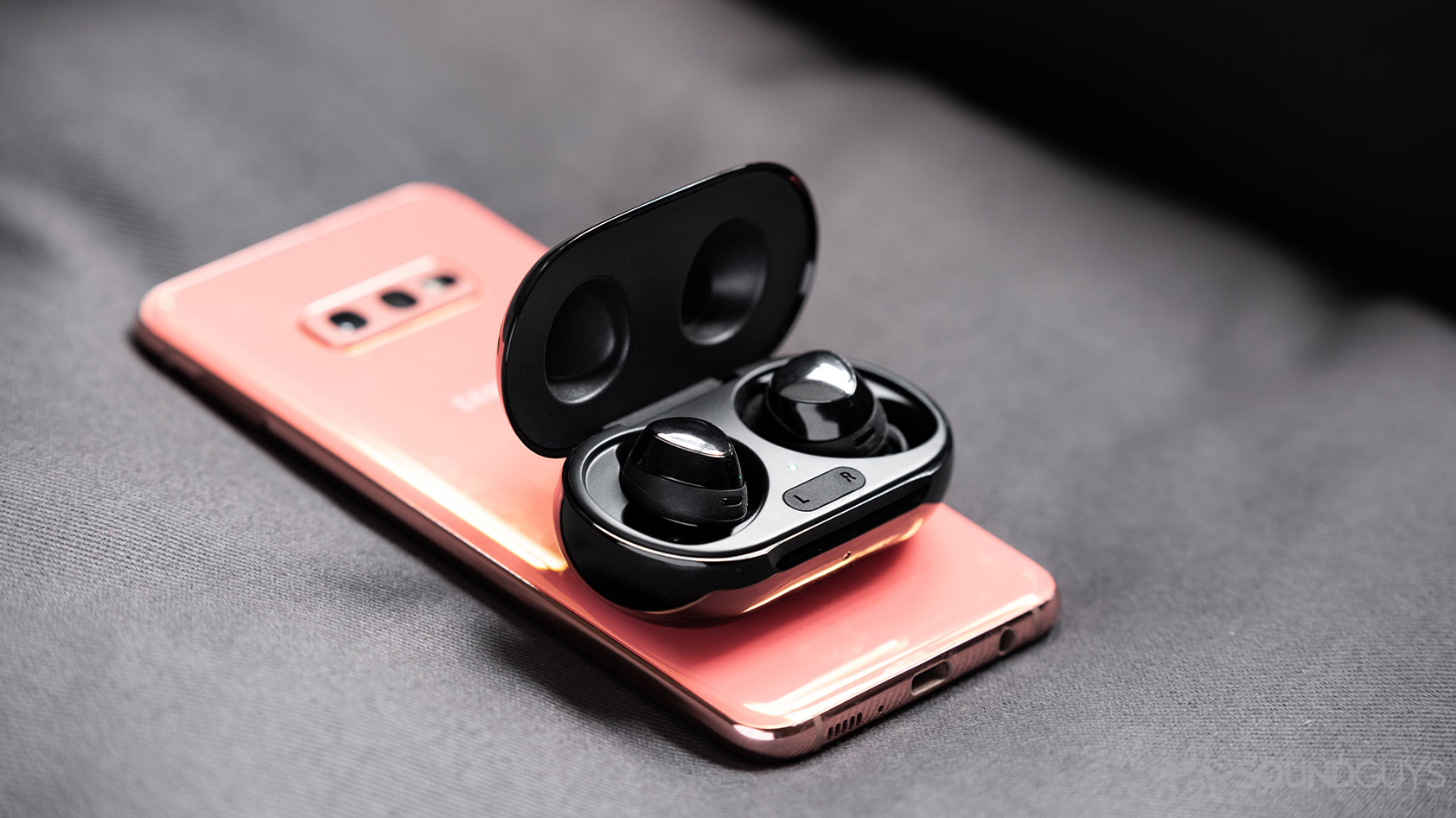
One of the major selling points of the Plus headset is exclusive Spotify integration, which is now supported by the Samsung Galaxy Buds with the April 27, 2020, software update (version R170XXU0ATD2); Samsung is swaggering around dropping Spotify’s name like crazy, and for good reason: Spotify is among the most popular music streaming services worldwide.
Seeing these two audio powerhouses team-up is a sight to behold, and one-touch access to Spotify is something I dearly miss upon returning to standard wireless headphones. By pressing and holding one of the earbuds (chosen in the Galaxy Wearable app), a recommended set of songs is queued up. This is randomly generated according to your preferences and ranges from one of Spotify’s Daily Mix playlists, an artist or song radio, genre playlist, and more. Unfortunately, this perk is only afforded to Android OS devices, so iPhone users still need to enter the Spotify app for music playback.
There are some similarities here, too, though as both pairs of earbuds earned an IPX2 rating, making them sweat-resistant. General consumers who want the option to workout with their daily earbuds will benefit from either headset’s durability. No matter which earbuds you go with, you have the option to enable an ambient aware mode. This is great for outdoor runners and general consumers: it keeps you aware of your surroundings, thereby enabling you to stay safe or engage in conversation with the train ticketer.
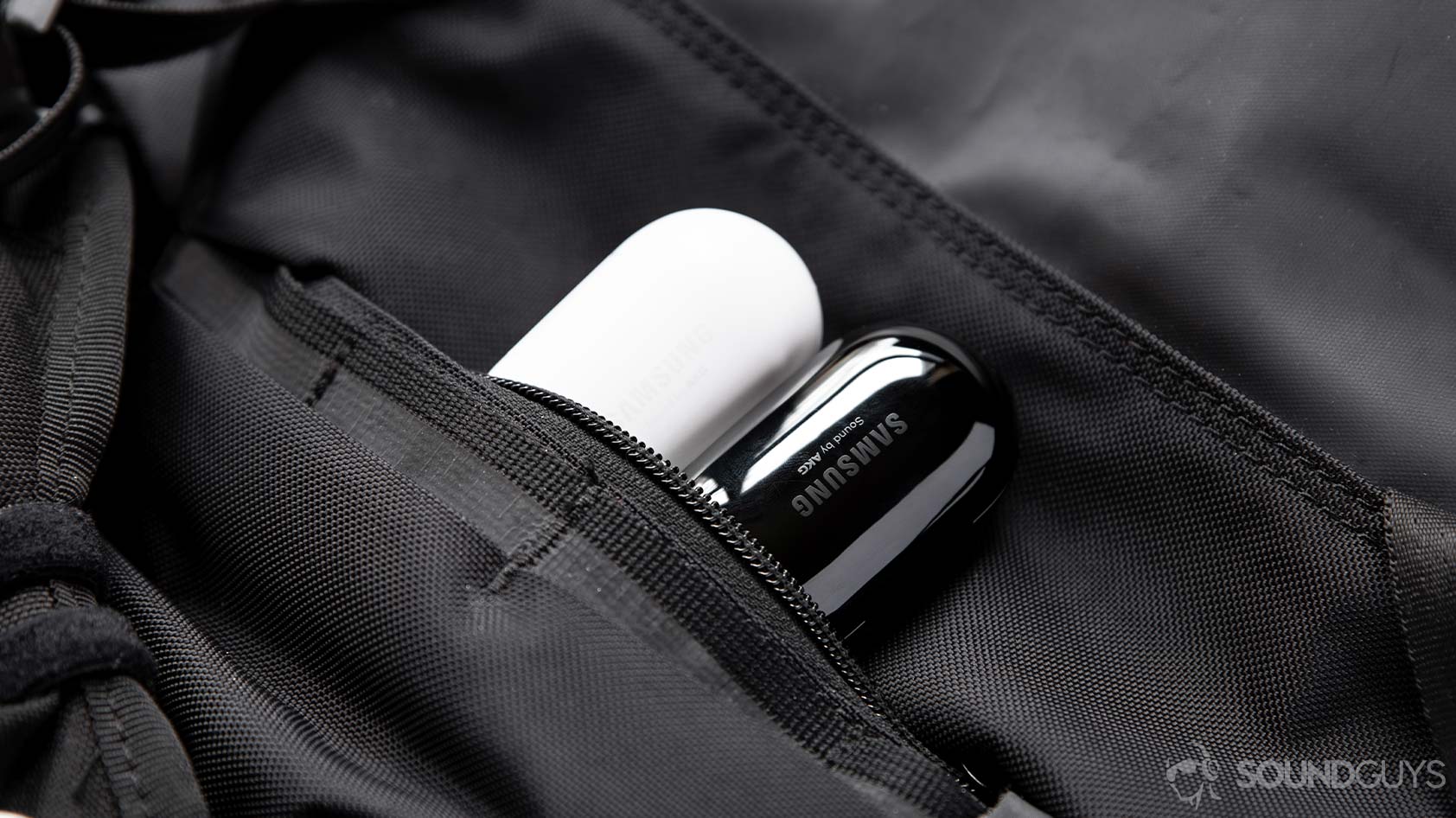
The Galaxy Buds Plus ambient sound mode is limited to three modes: high, medium, and low. Yet, the older Galaxy Buds supports a “voice focus” mode, which further amplifies surrounding vocal frequencies through the earphones. This is as of software version R175XXU0ATA6 for the Buds Plus; perhaps we’ll see an experimental addition in the “Labs” section of Samsung’s app, or even as a full-fledged feature with future updates.
Both headsets support software updates through the Samsung Galaxy Wearable app.
To my dismay, neither the Samsung Galaxy Buds Plus nor the Galaxy Buds support standard Bluetooth multipoint connectivity. Although the Galaxy Buds Plus promised this feature across Bluetooth 5.0 devices, the company has since removed any mention of multipoint support from the official website. When I asked a Samsung representative whether support would make its way to the Galaxy Buds Plus, she shared, “Multipoint connectivity is not available on the Galaxy Buds+ at this point.”
The Samsung Galaxy Buds Plus has better battery life than the Galaxy Buds

This is the easiest metric to measure. We subjected each pair of earbuds to our standard battery test, a constant 75dB(SPL) output, and noted the results. The original Galaxy Buds lasts 6.53 hours while the Buds Plus lasts 11.73 hours under identical conditions. This is a remarkable leap in playtime, and each charging case provides an extra charge cycle, doubling total on-the-go playtime. This means you get under 24 hours of listening with the Samsung Galaxy Buds Plus, and just over 12 hours with the Galaxy Buds.
Both earbuds support fast charging: the Galaxy Buds supplies 1.7 hours of playtime from 15 minutes in the case, and the Buds Plus supplies one hour of listening after just three minutes in the case. Again, both USB-C cases support Wireless PowerShare and are Qi-compatible.
Bluetooth codec support is identical
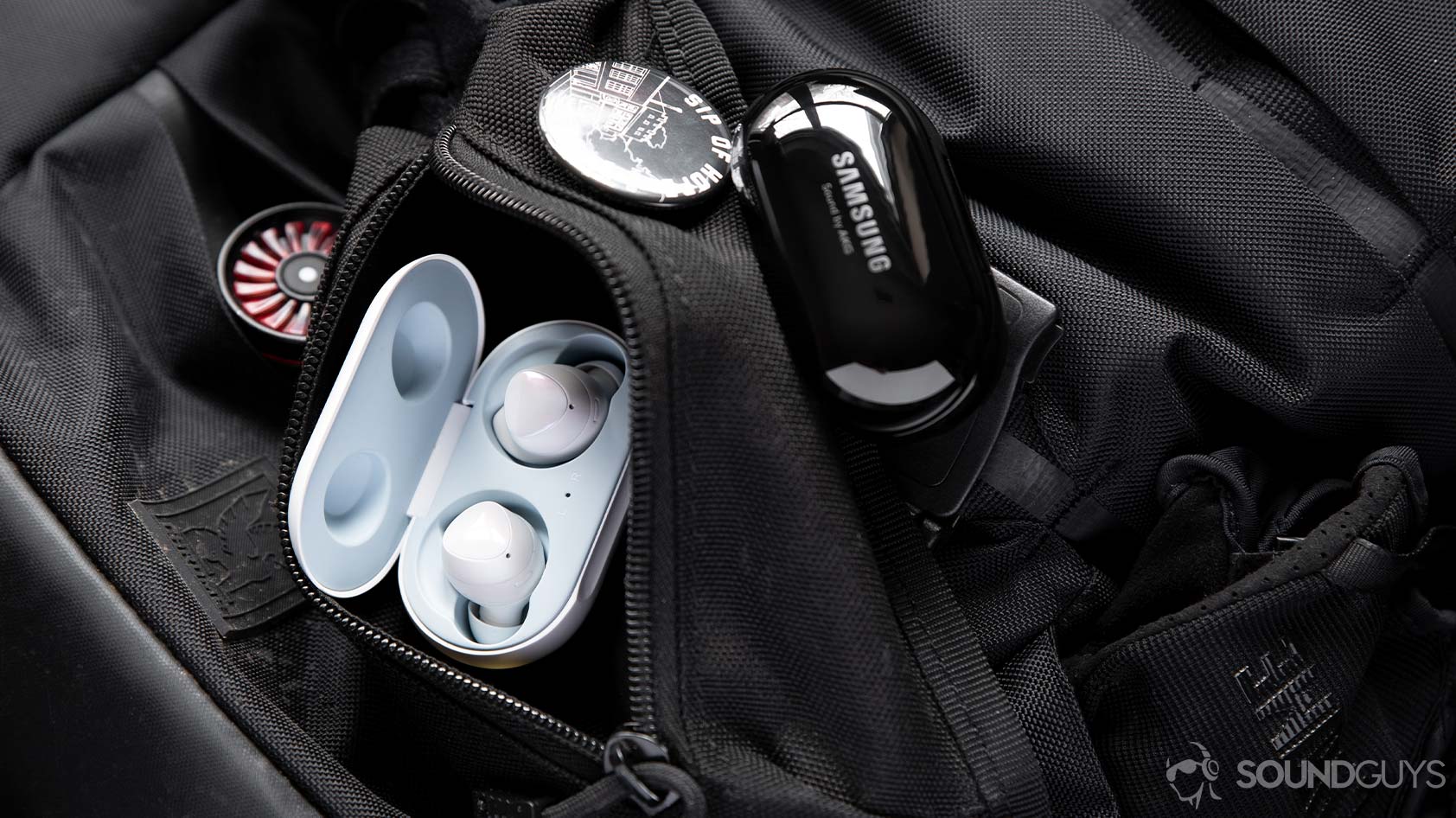
The same Bluetooth codecs are supported by these Bluetooth 5.0 headsets: AAC and the Scalable Samsung codec. It’s a bummer that Samsung didn’t go in for aptX support, but makes sense to push its proprietary codec. The scalable codec operates similarly to aptX Adaptive because it’s always optimizing for the best bitrate without compromising connection strength. This is, however, only compatible with certain Samsung devices operating Android 7.0 and later.
Despite the same specs on paper, the Galaxy Buds Plus performs better with fewer connection stutters when taken outdoors, something the original Galaxy Buds still struggles with. When I worked on the Apple AirPods vs. Samsung Galaxy Buds article, there were a handful of times when I had to unpair and re-pair the Buds to my Galaxy S10e smartphone.
Winner: Samsung Galaxy Buds Plus
Which headset has the better microphone system?
Microphone quality is straightforward: Samsung improved the mic array in its latest true wireless earbuds, and it shows. The Samsung Galaxy Buds Plus three-microphone array sounds markedly better than the original Galaxy Buds’ system. The new model uses two external mics to focus on your voice while simultaneously reducing ambient noise, which is similar to how the AirPods Pro operate. The more neutral frequency response of the Buds Plus microphones means you’re less likely to sound “distant” or “unnatural.” Be sure to listen to our demos below to determine for yourself which is best.
Samsung Galaxy Buds Plus microphone demo:
Samsung Galaxy Buds microphone demo:
Which do you think sounds better?
Does the Galaxy Buds Plus sound better than the Samsung Galaxy Buds?
It’s easy to forget that we’re looking at earbuds; after all, Samsung packs plenty of technology into both pairs of Galaxy Buds. When push comes to shove, though, we can’t forget the importance of sound quality. Both headsets are tuned by Samsung subsidiary AKG but the audio reproduction varies between the two models. You can choose between a few EQ presets including normal, soft, dynamic, clear, and treble boost with the Galaxy Buds. The Samsung Galaxy Buds Plus offers a bass boosts option, too, via the Samsung Wearable app.
The headsets have different hardware inside: the Samsung Galaxy Buds has a single, one-way dynamic driver while the Galaxy Buds Plus houses a two-way dynamic driver and tweeter system. Even still, the headsets sport similar frequency responses, but the Galaxy Buds amplifies bass notes more than the Buds Plus. Auditory detail is easier to perceive from the Samsung Galaxy Buds Plus because of the louder treble reproduction compared to the Galaxy Buds. No matter, both earphones have consumer-friendly sound signatures that will please most listeners.
Because sound quality will come down to your personal preference, we’re calling this a draw again. Both the Galaxy Buds and Galaxy Buds Plus offer three sets of ear and wing tips, allowing users to find optimal audio isolation and reproduction.
The Samsung Galaxy Buds Plus is the better earbuds, but the Galaxy Buds is still a good deal
In case you haven’t been keeping a tally at home, the Galaxy Buds Plus beat the Galaxy Buds, as it should: it is billed as an upgrade from the original headset and retails for $20 more than the Galaxy Buds did upon its debut. Battery life is bar none, and microphone quality is improved over the first-gen model.
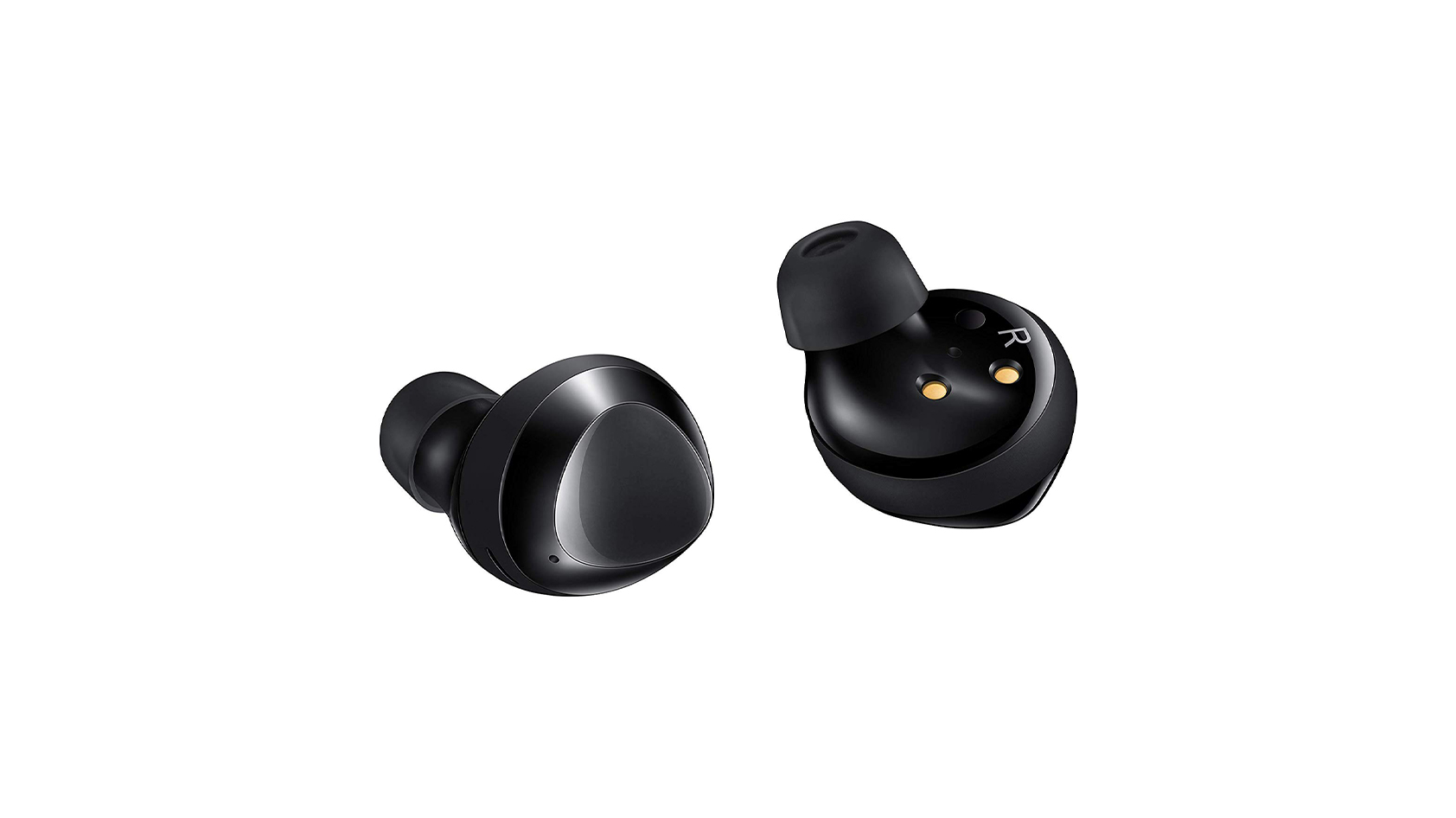
However, you can get the Samsung Galaxy Buds for around $100 or less, making it an absolute steal. Pricing also happens to be the main reason as to why you should grab it over the Galaxy Buds Plus. You get 90% of what the Galaxy Buds Plus offers for a fraction of the cost.
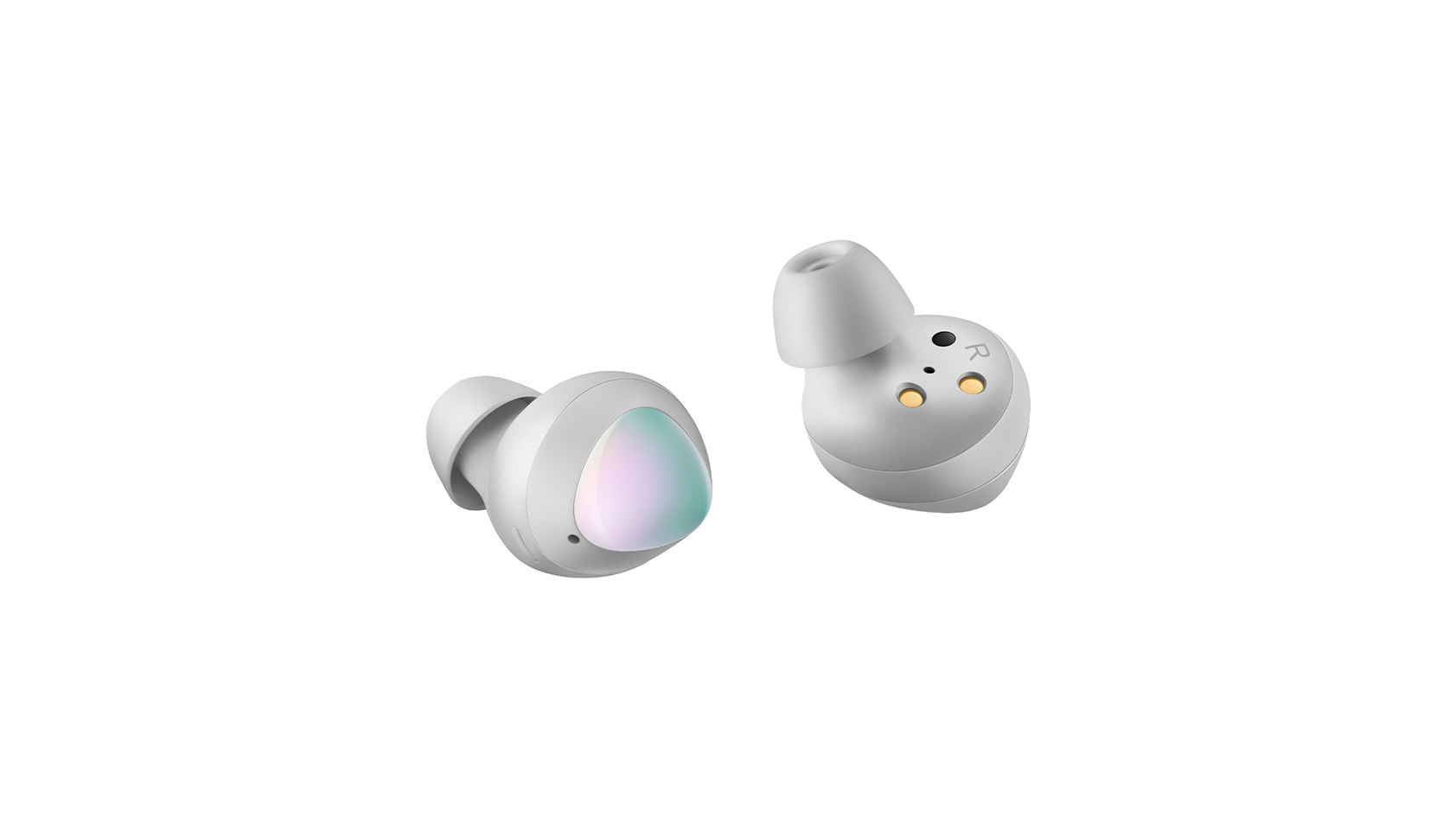
If you want noise canceling, get the Samsung Galaxy Buds Pro
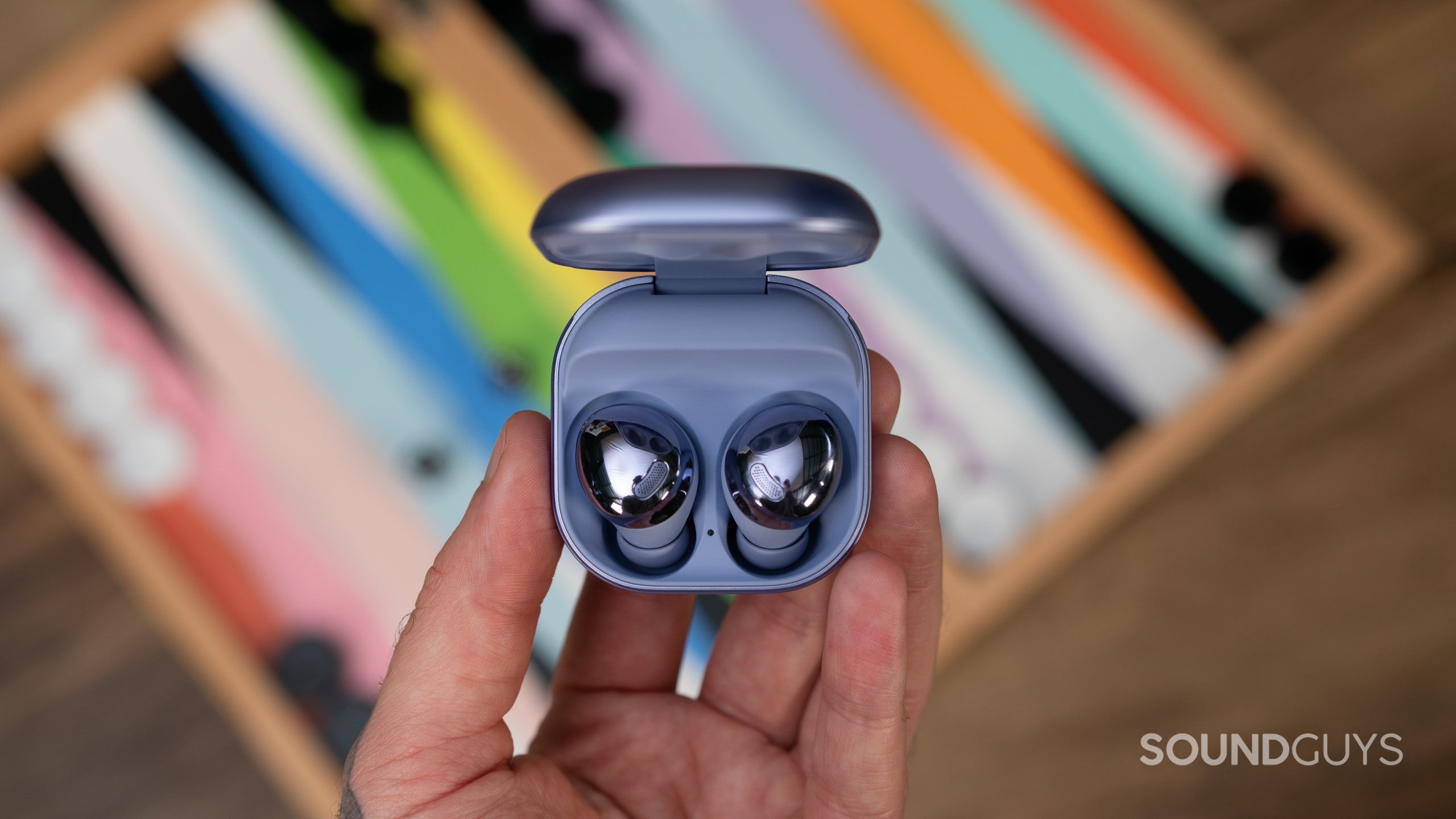
The Samsung Galaxy Buds Pro drops the bean-shaped earbud design, in favor of something a bit more traditional. The Galaxy Buds Pro is the most durable earphones in the Galaxy Buds series to date, with an IPX7 rating. This waterproofing along with its stabilizing protrusions makes this headset excellent for working out. Its active noise canceling is very good and rivals that of competitors like the Sony WF-1000XM3, Apple AirPods Pro, and Bose QuietComfort Earbuds. The Samsung Galaxy Buds Pro is without a doubt better ANC earbuds than the Galaxy Buds Live. If you’re willing to spend a little bit more for better quality buds, we’d recommend the Galaxy Buds Pro over both the Galaxy Buds and Galaxy Buds Plus.
Next: Jabra Elite 85t review
Frequently asked questions about the Samsung Galaxy Buds Plus vs. Samsung Galaxy Buds
The Samsung Galaxy Buds 2 is another pair of active noise canceling earbuds much like the Galaxy Buds Pro. However, the Buds 2 uses Bluetooth 5.2, includes an ear tip fit test, and doesn’t have wing tips like the Buds Pro does. The new buds include features such as an IPX2 rating, automatic ear detection, ambient sound mode, and, via the companion app, a selection of EQ presets.
Some of the big selling points for the Anker Soundcore Liberty Air 2 are that it has an IPX5 rating, aptX support, it isolates very well, and has great sound quality. In addition, its battery life is over 7 hours on a single charge. Now, the Galaxy Buds Plus has an IPX2 rating and no aptX support. Its isolation and microphone quality are both pretty good, but not quite comparable to the Soundcore Liberty Air 2. That being said, the Galaxy Buds Plus has slightly better sound quality, but that is subject to opinion, and both the the Anker buds and Samsung buds can be EQ’d in their respective companion apps. The battery life of the Galaxy Buds Plus is kind of insane, lasting just under 12 hours on a single charge. The two pairs of earbuds in question sell for similar prices, so which one you find better is mostly a matter of what you want in a pair of earbuds.
Yes, the Samsung Galaxy Buds Plus will work with the OnePlus 7 Pro smartphone. OnePlus users won’t benefit from Samsung’s scalable codec, though, meaning you’ll be bumped down to AAC when streaming audio.
Yes, both the Samsung Galaxy Buds Plus and Samsung Galaxy Buds headsets can be used with an iPhone. In fact, iPhone users can enjoy high-quality wireless streaming with either the Galaxy Buds Plus or standard Galaxy Buds, thanks to AAC Bluetooth codec support. To pair with an iPhone, enable Bluetooth from your iPhone’s settings menu. Open the charging case and keep it close to your iPhone; the Samsung Galaxy Buds Plus or Galaxy Buds will become available to pair with. Tap the desired device name from the Bluetooth menu.